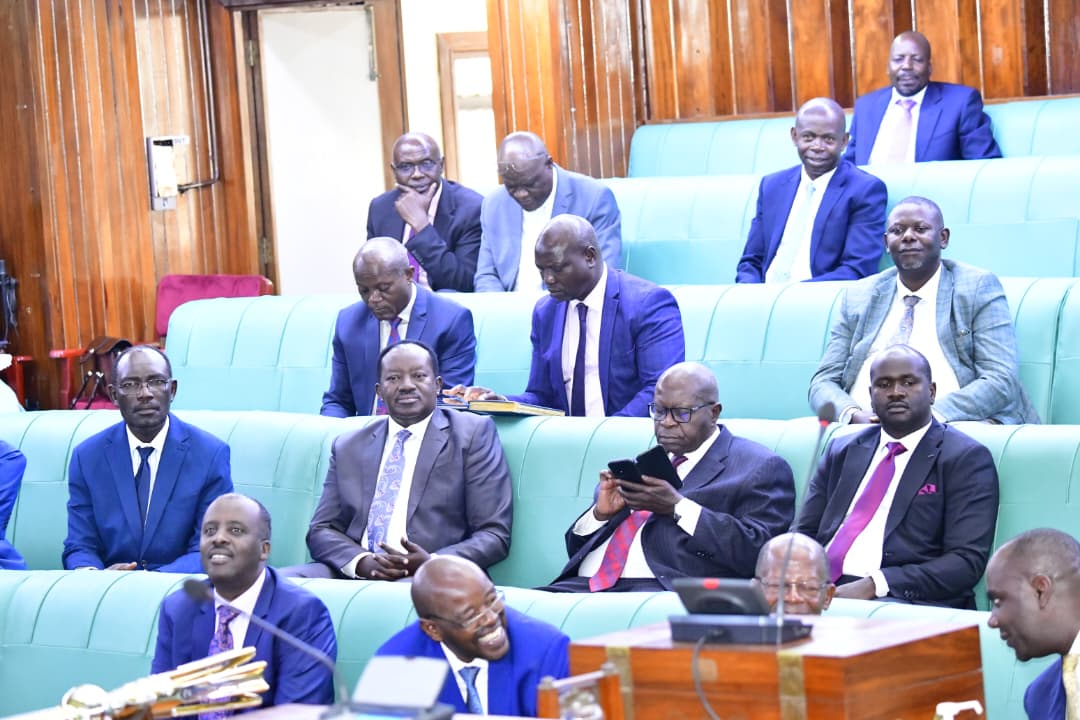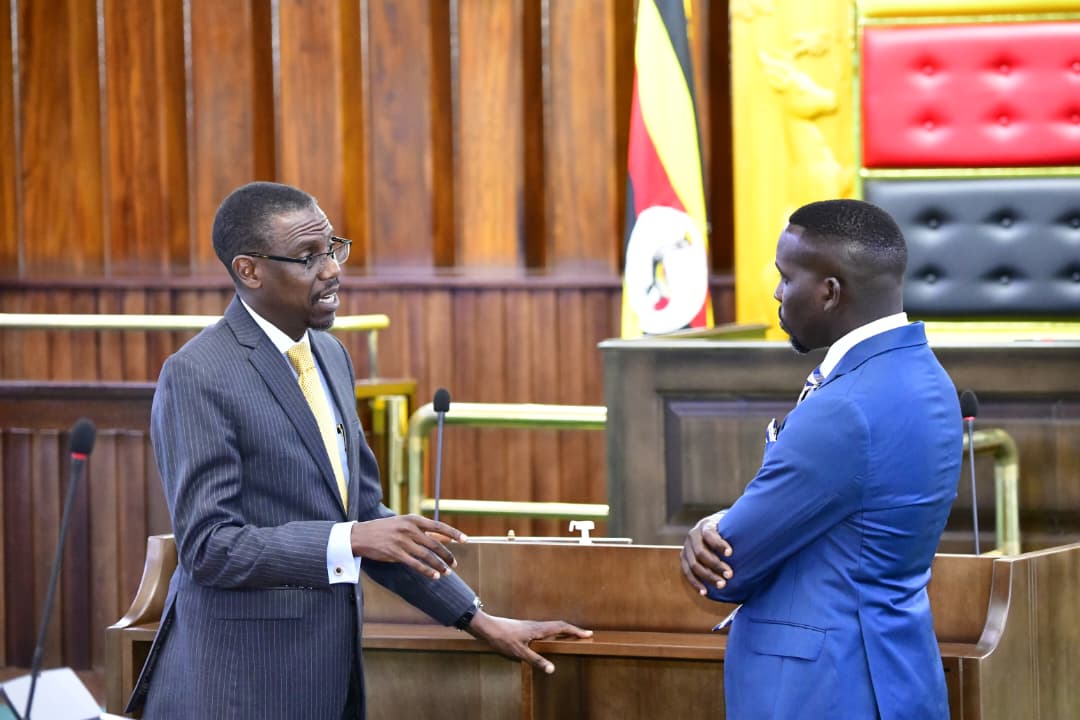Uganda’s growth strategy for the 2024/2025 Financial Year is anchored on agro-industrialisation, tourism development, mineral development including oil and gas, and technology and innovation, the Minister of Finance, Planning and Economic Development, Hon. Matia Kasaija has said.
“These are the anchors that are going to propel Uganda to a US$500 billion economy in the next one-and-a-half decades,” said Kasaija.
Kasaija was delivering the budget speech during a plenary sitting of Parliament presided over by Speaker, Anita Among, at Kololo Ceremonial grounds on Thursday, 13 June 2024.
Kasaija explained that to achieve the US$500 billion economy, government must among others, double the size of the Growth Domestic Plan (GDP) every five years and raise per capita GDP six-fold from the current US$1,146 to about US$7,000 in financial Year 2039/2040.
Another strategy, according to Kasaija is doubling the level of savings in the economy from 20 per cent of GDP to 40 per cent in 2040, as well as raising the share of exports in GDP from 12 per cent in 2022 to 50 per cent.
The minister however, said that the growth prospects face some risks that will need to be mitigated.
“These include; climate change affecting agricultural production and infrastructure, regional and global geopolitical tensions, high interest rates which constrain access to affordable debt and fluctuations in global commodity prices,” Kasaija said.
To minismise the effects of these risks, Kasaija said that government is implementing climate change adaptation measures, exploring cheaper sources of financing including climate finance and ensuring frugality in government expenditure.
Kasaija also outlined priority areas in support of the anchor sectors to drive rapid growth of the economy which include; investing in the citizenry through education, health and water, sanitation and hygiene, which have been allocated Shs10.204 trillion in the coming financial year.
Other areas are peace and security which has been allocated Shs9.107 trillion, and maintenance of roads as well as rehabilitation of the metre gauge railway and construction of the standard gauge railway, allocated Shs4.989 trillion.
Kasaija added, “Investing in wealth creation initiatives, including commercial agriculture, value addition, the Parish Development Model, Emyooga, Agriculture Credit Facility, tourism, science based research, youth skilling, export promotion programme, and GROW project, I have allocated Shs2.641 trillion.”
He said that the guiding principles of the Shs72.136 trillion 2024/2025 budget included strengthening domestic revenue mobilization, strengthening public finance management to ensure accountability and frugality, and avoiding misuse of public resources; and borrowing for only strategic high impact interventions.
He reiterated that domestic revenue collection is projected at Shs31.982 trillion, wherein he called for reduced reliance on borrowing and external debts.
He said that as at the end of December 2023, Uganda’s debt stood at Shs93.38 trillion, out of which Shs55.37 was external debt.
“I call upon all of you colleagues and fellow Ugandans to render Uganda Revenue Authority and other revenue-collecting institutions the necessary support to mobilise the revenue required to meet its targets for financial year 2024/2025. We must raise more revenue,” said Kasaija.
He also made a reassurance that the economy has fully recovered from various shocks that have impacted it in the past four years, saying that GDP is projected to grow by 6 percent in the 2023/2024 financial year, compared to the 5.3 percent in the 2022/2023 financial year.
“As a result of this robust growth, the size of the economy is now estimated at Shs202 trillion up from Shs184.3 trillion in nominal terms,” Kasaija said.
He added that it is projected that in the next financial year, Uganda’s GDP will further expand to Shs225.5 trillion.
According to Kasaija, this growth will be driven by among other factors; increased oil and gas activities, growth in exports supported by the increase in regional trade, intra-Africa trade and harnessing existing and new partners in the Middle East and Asia.





